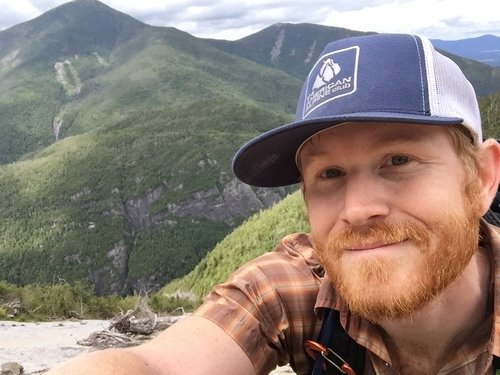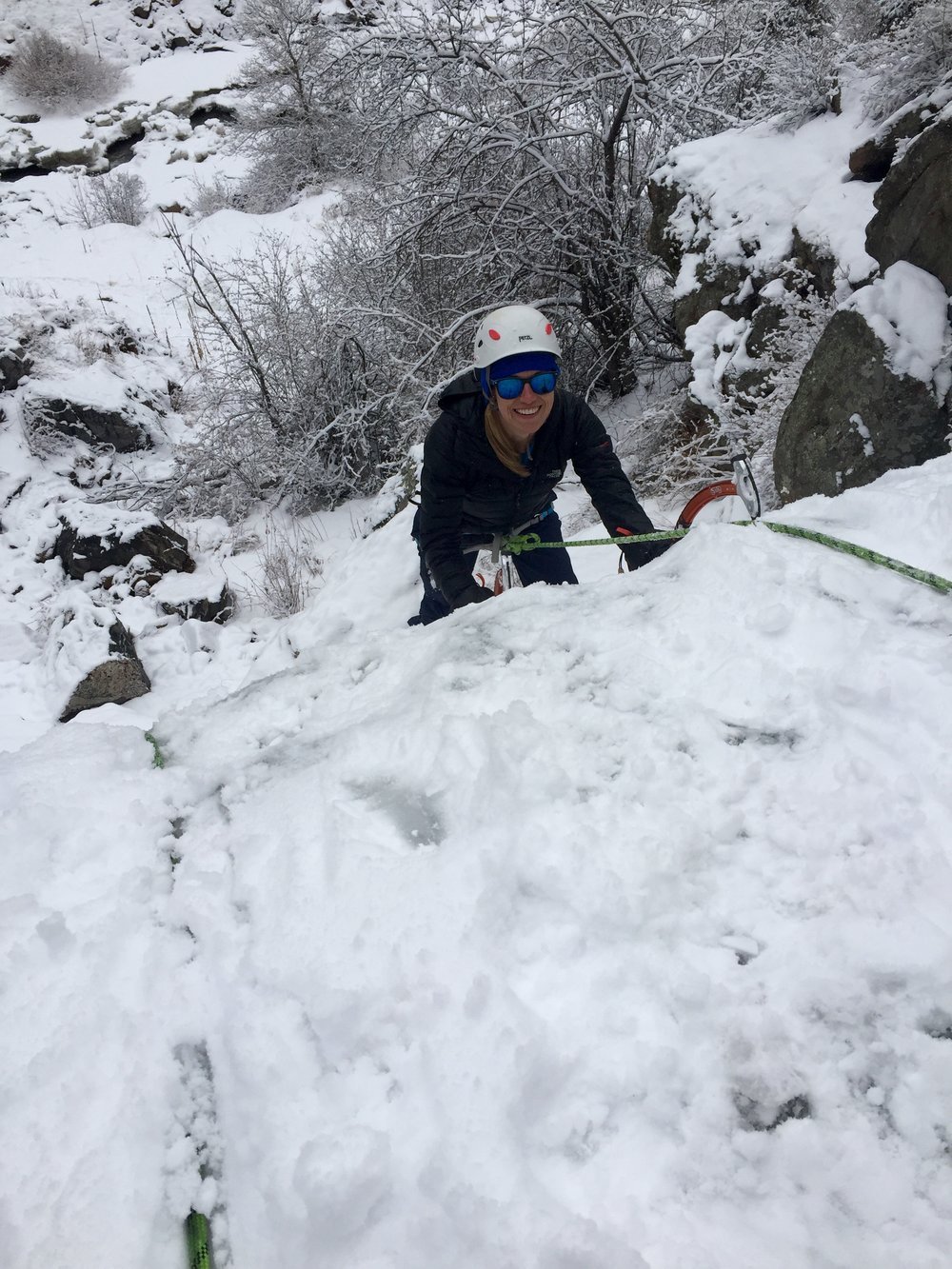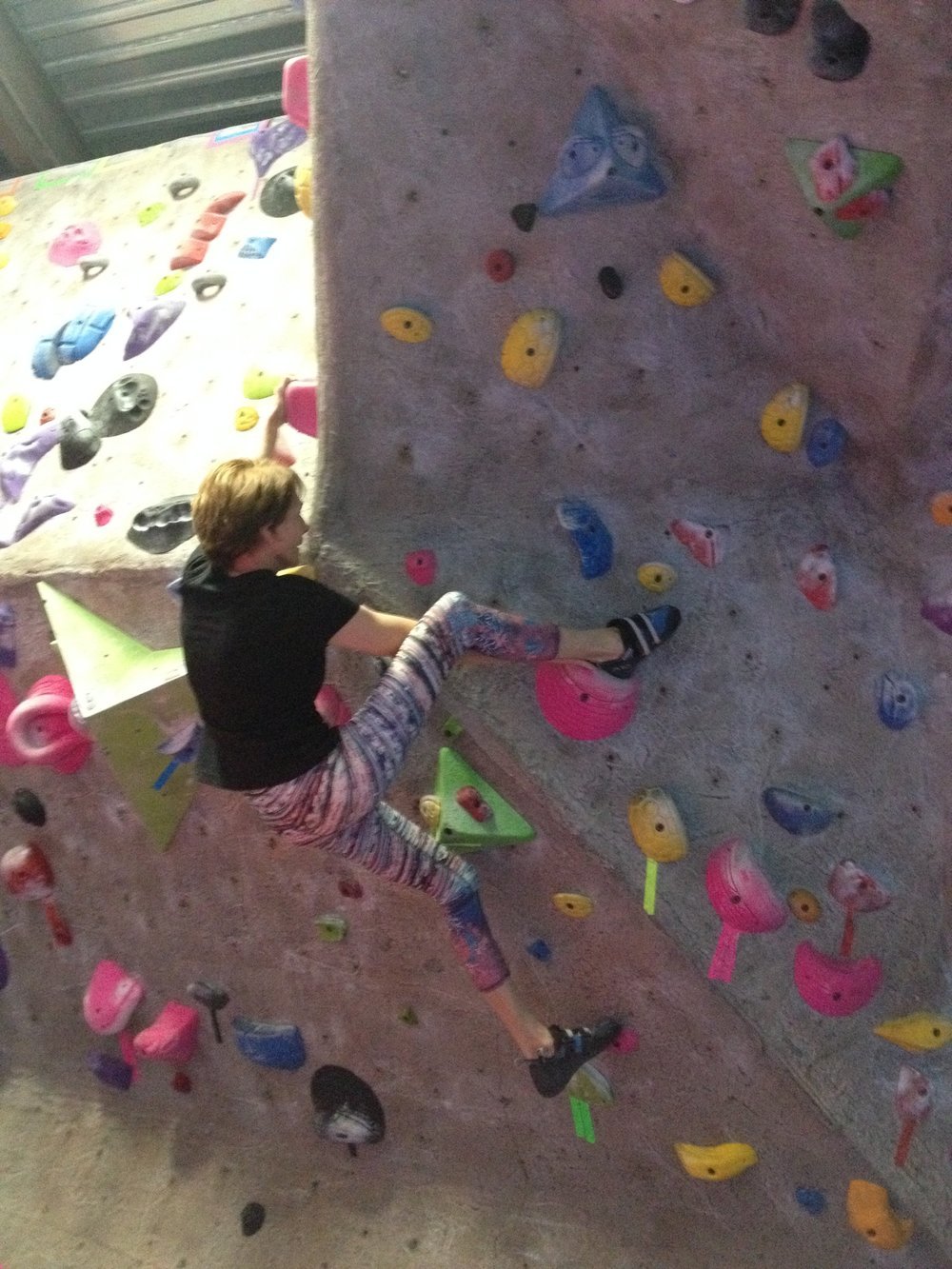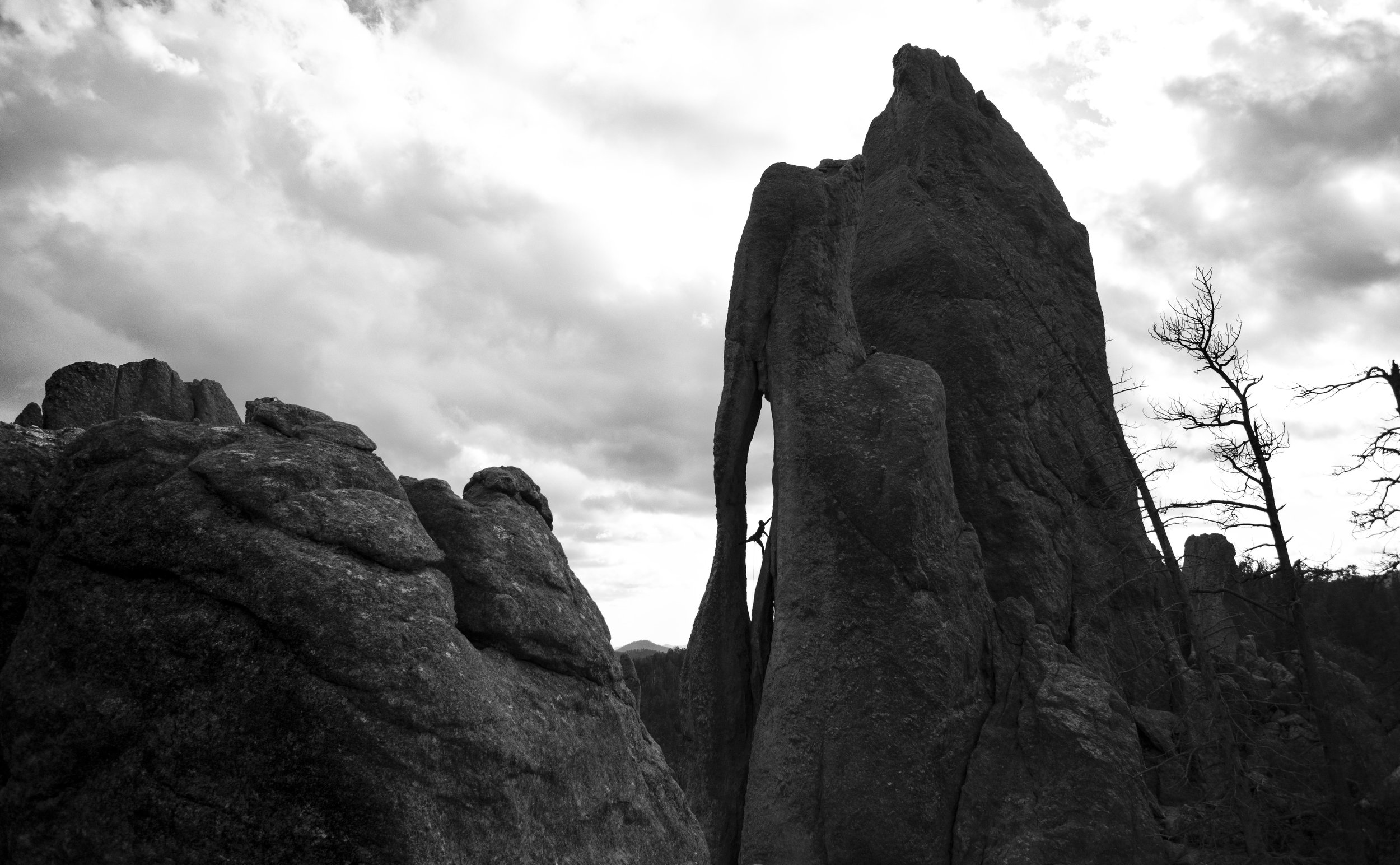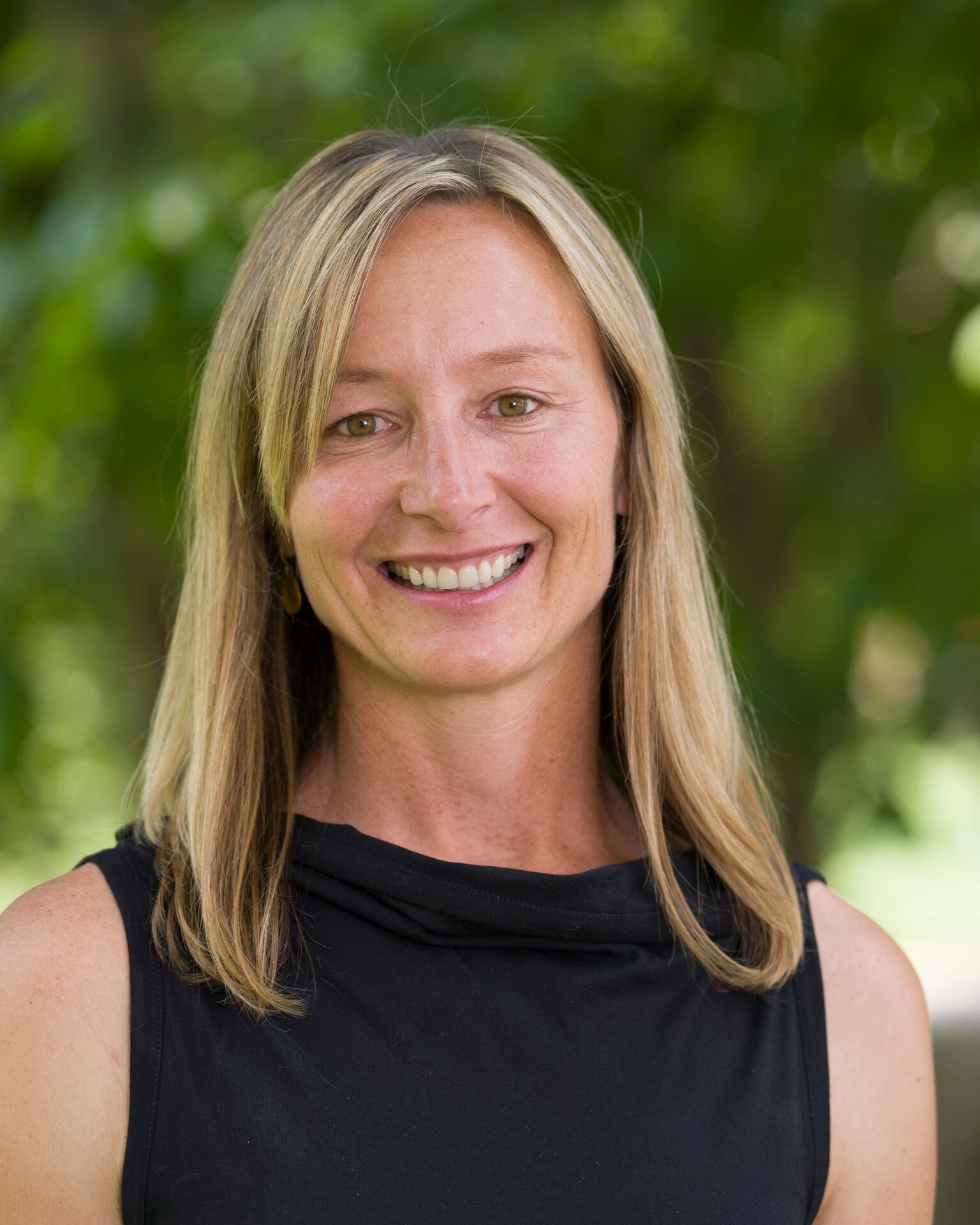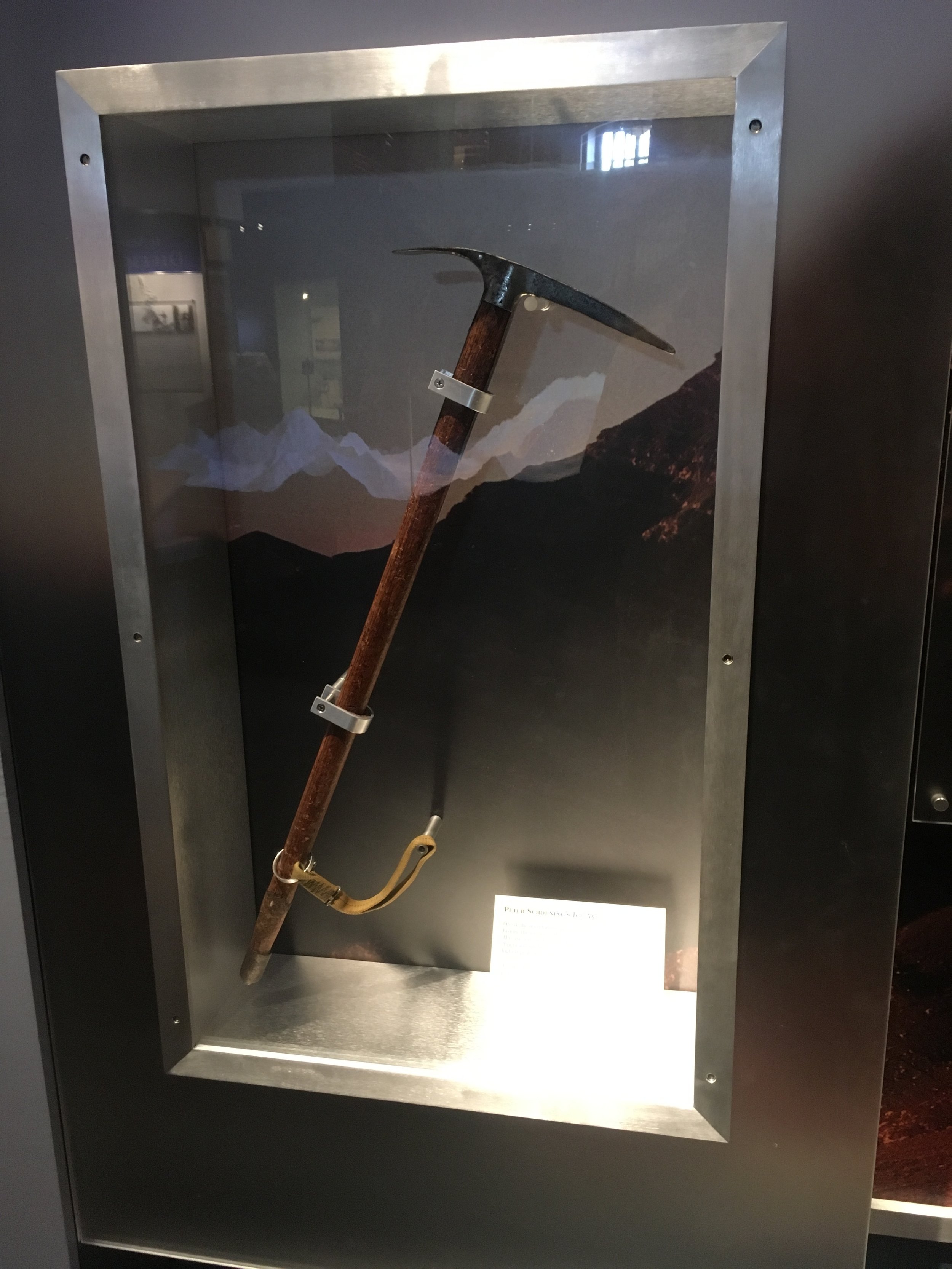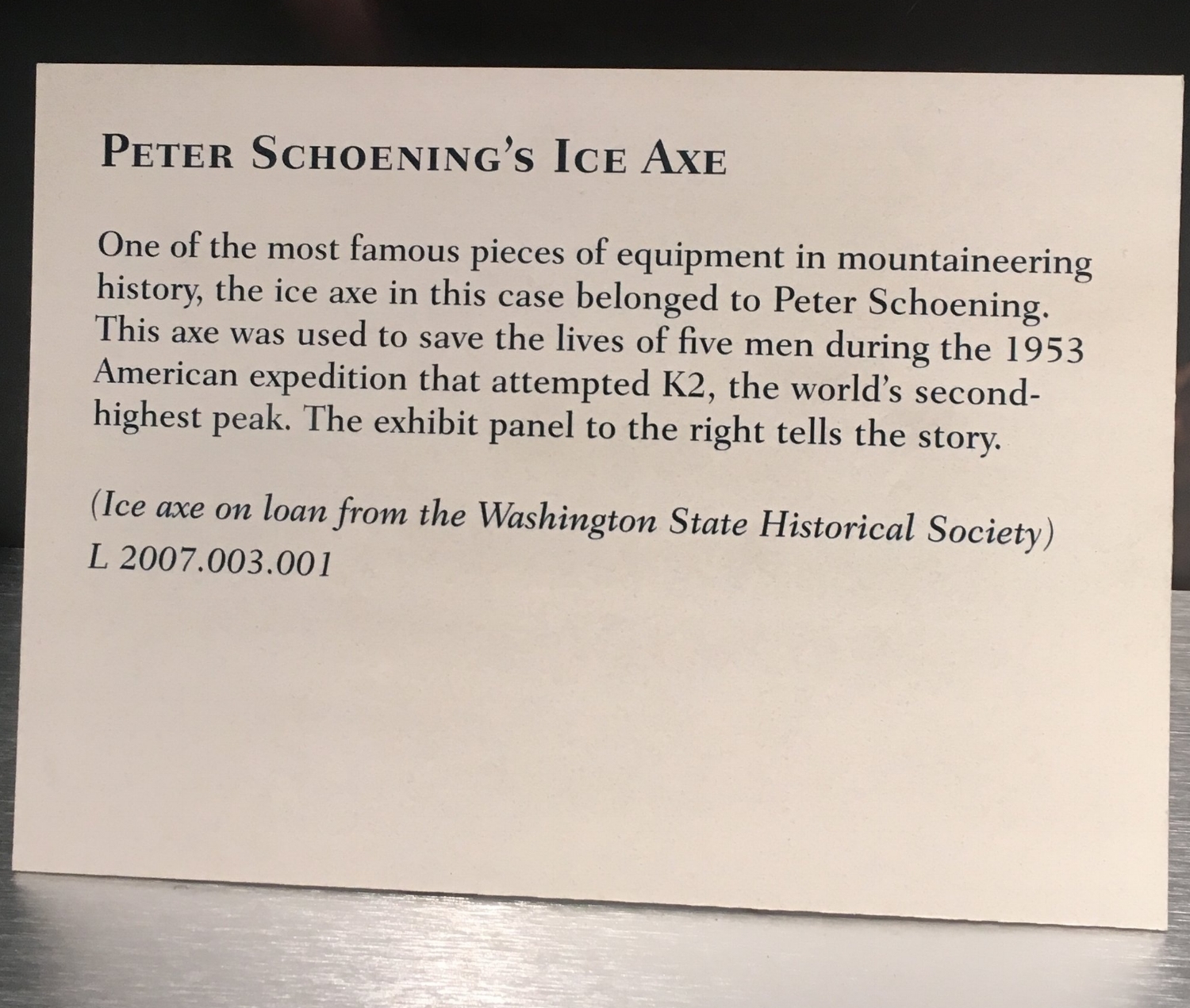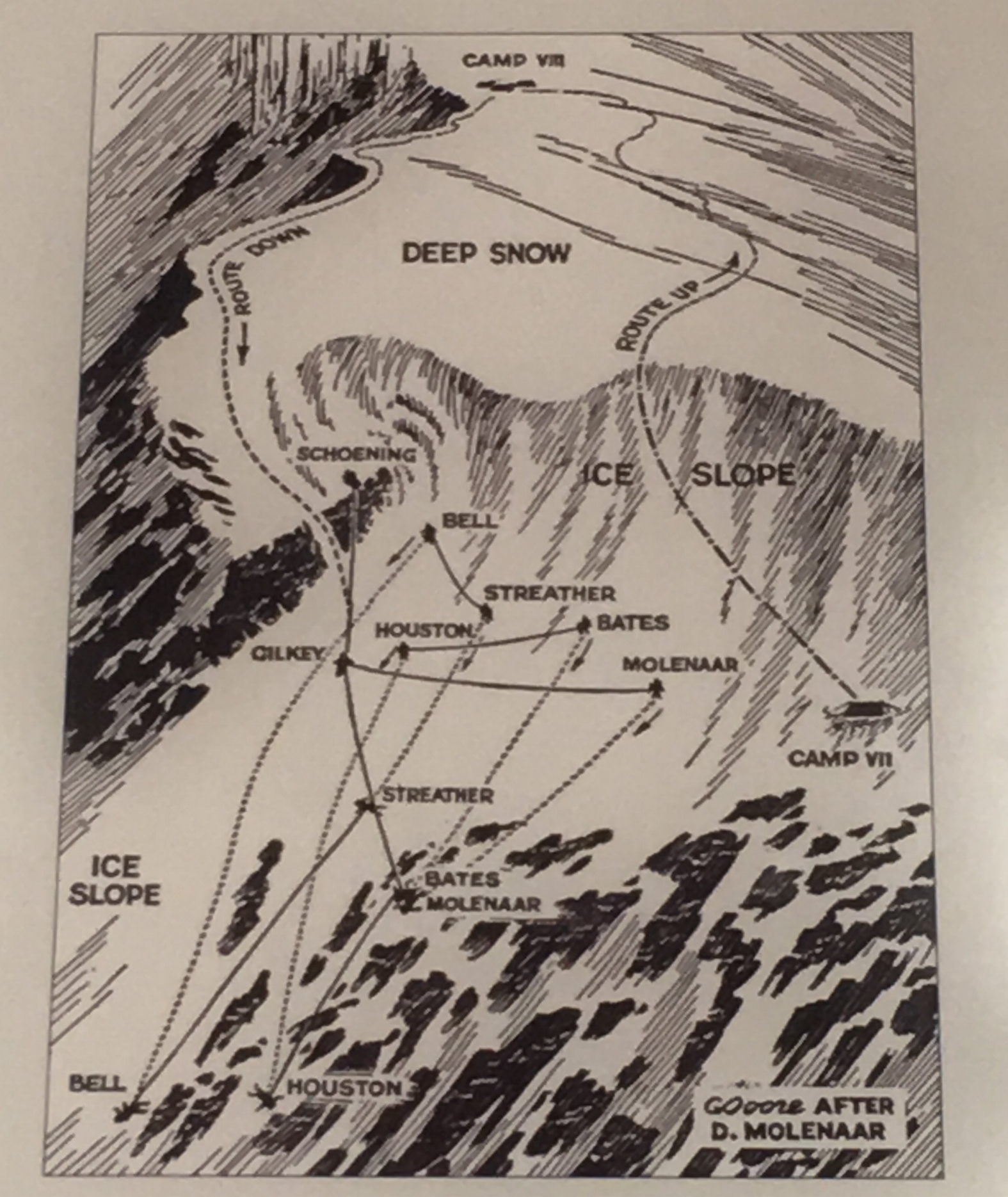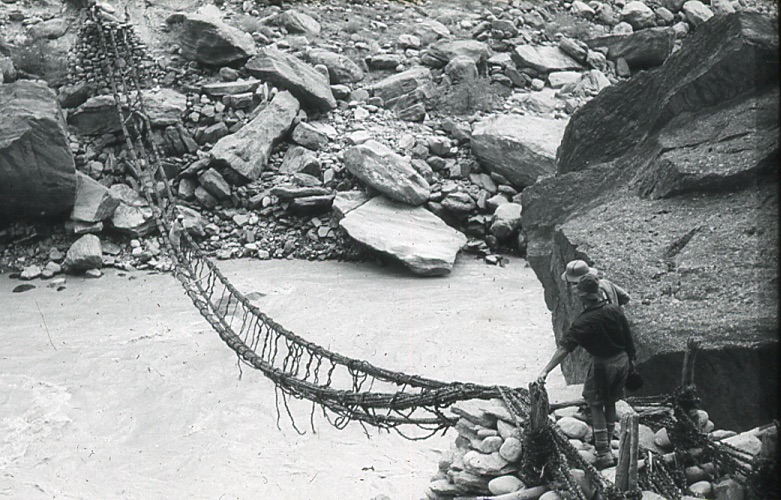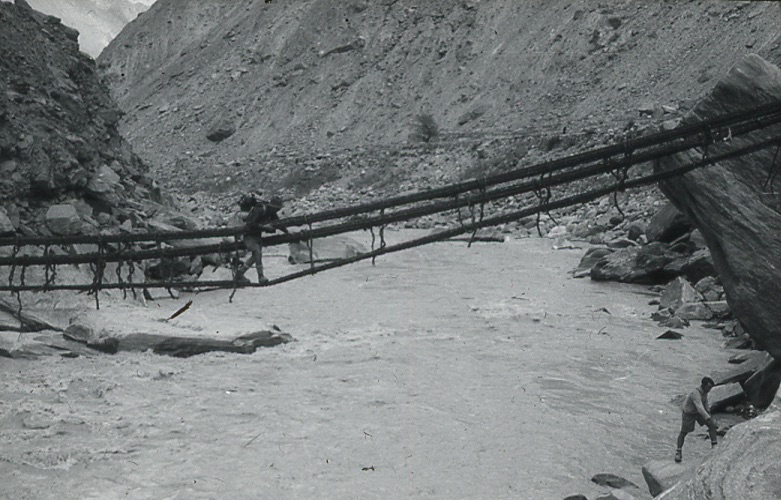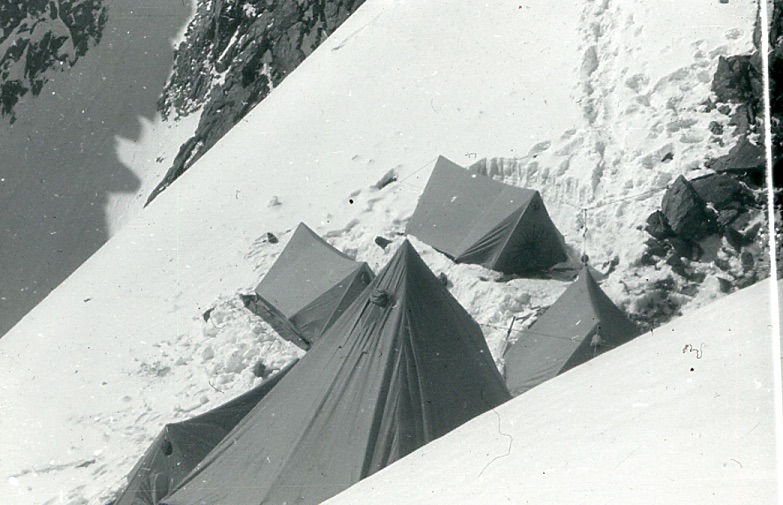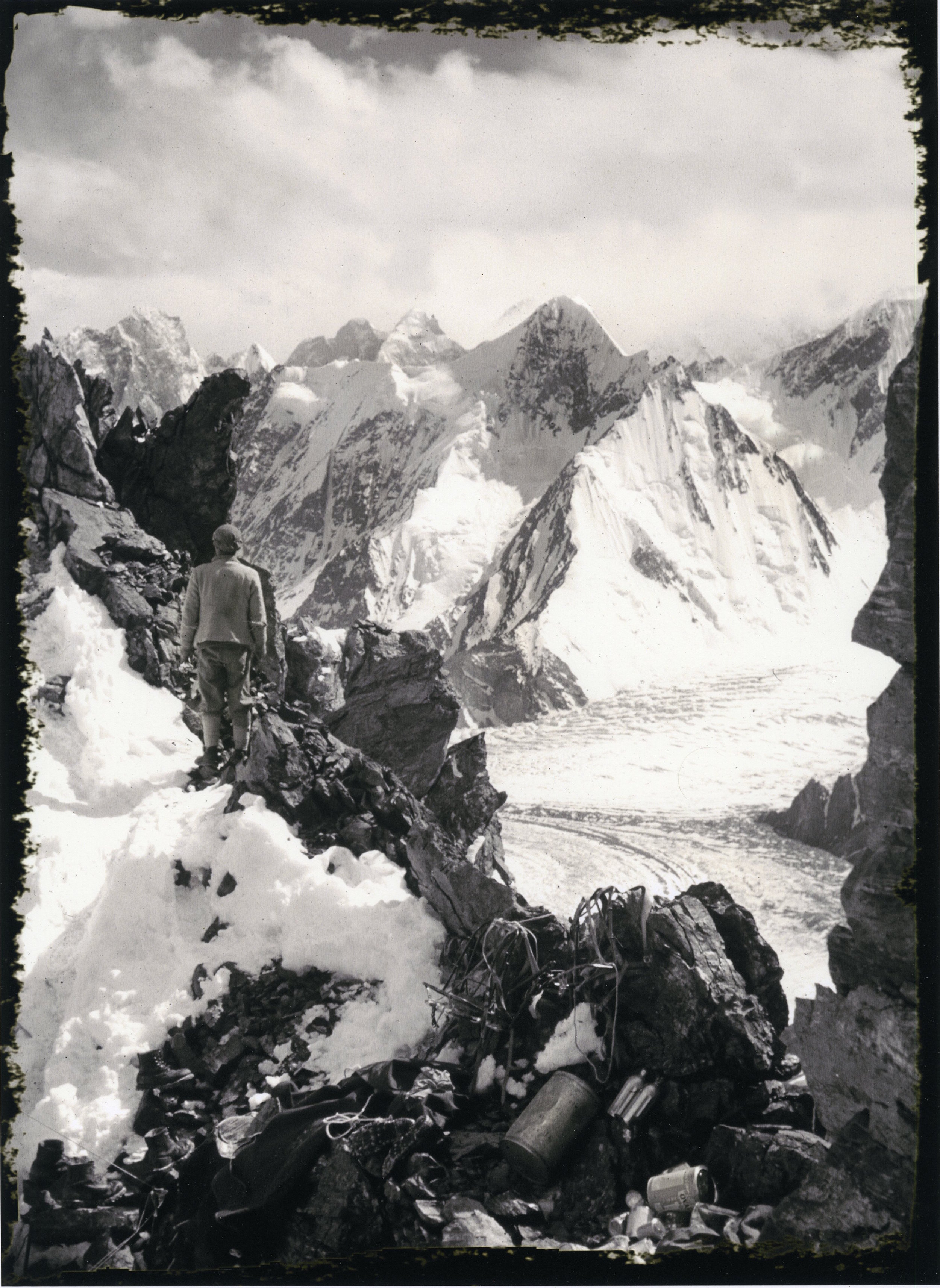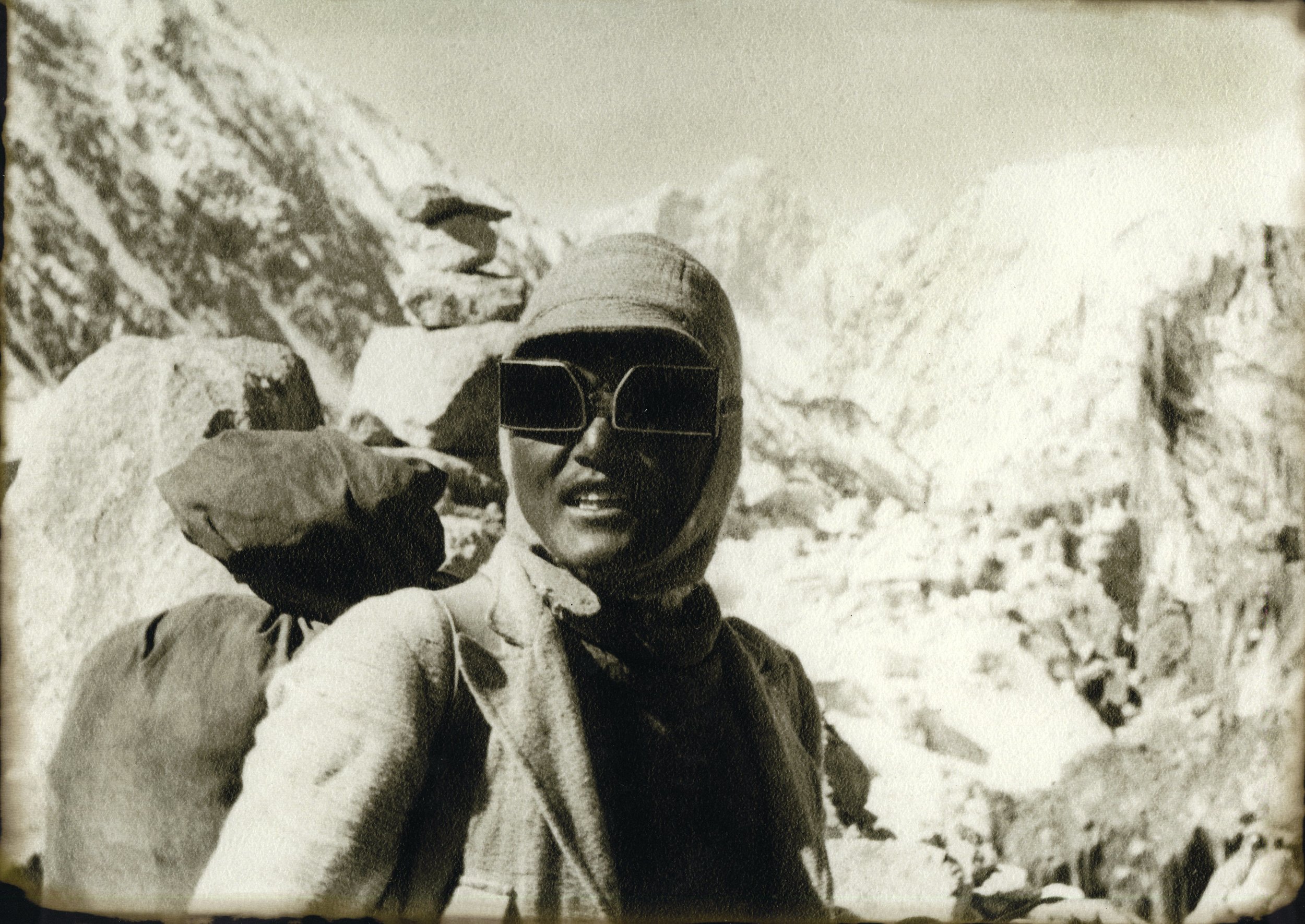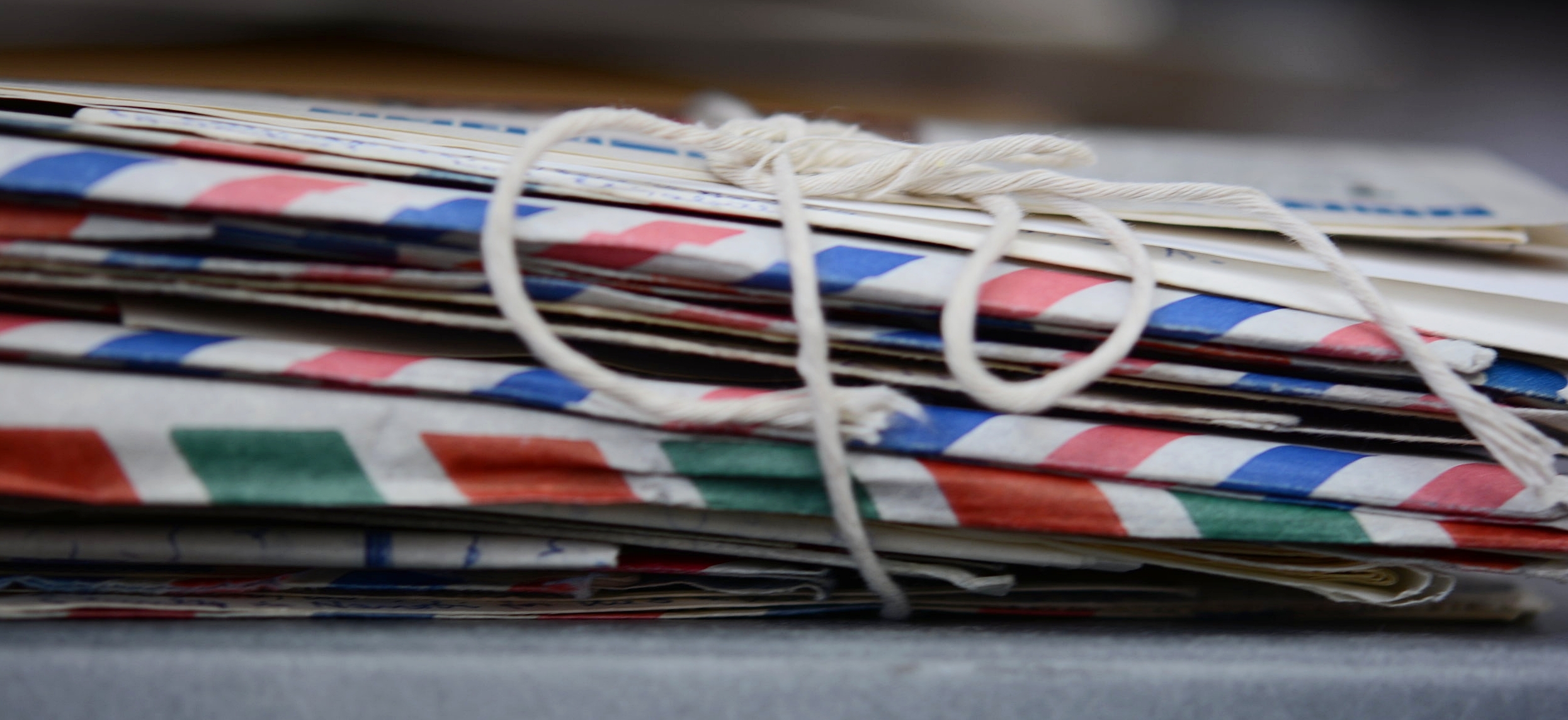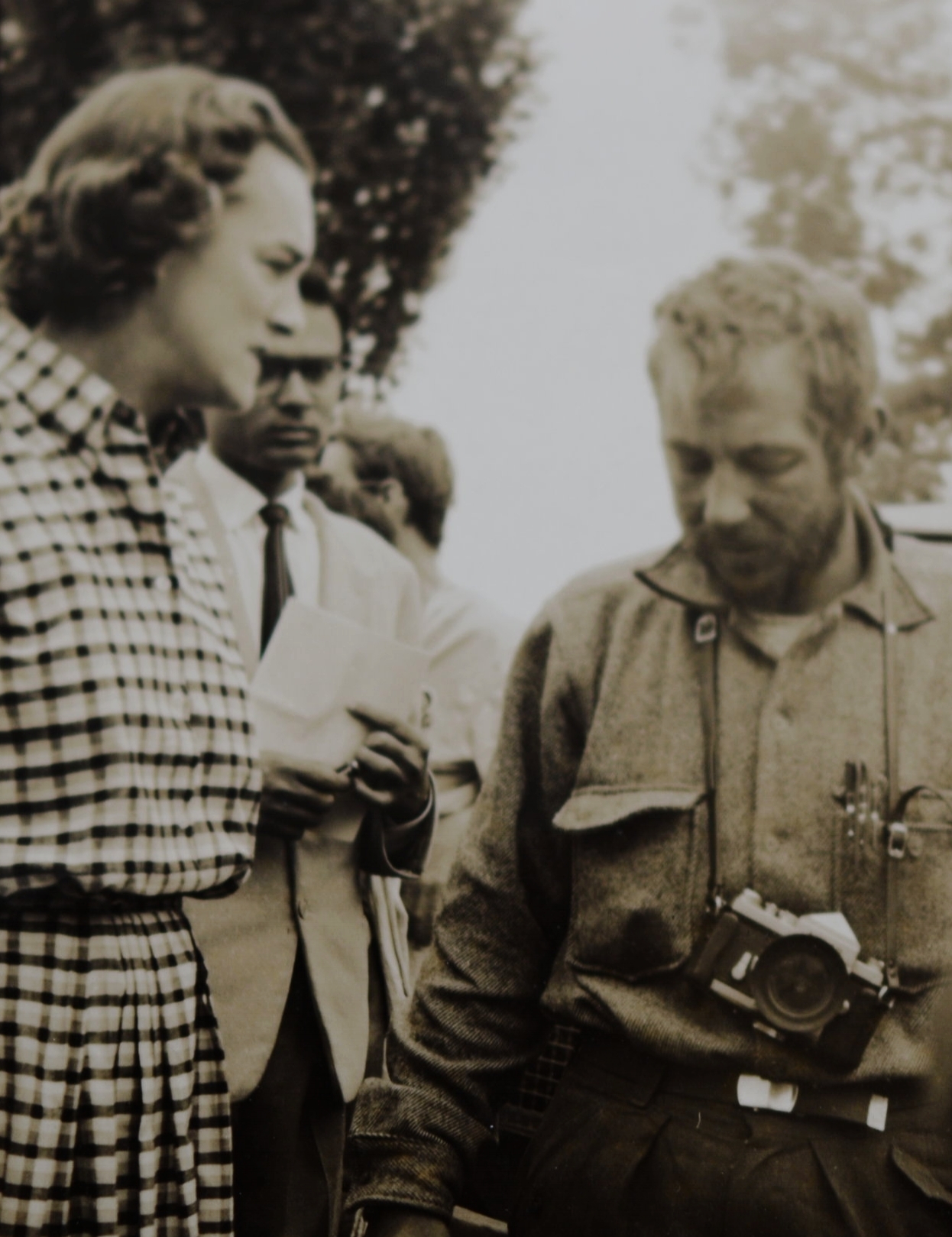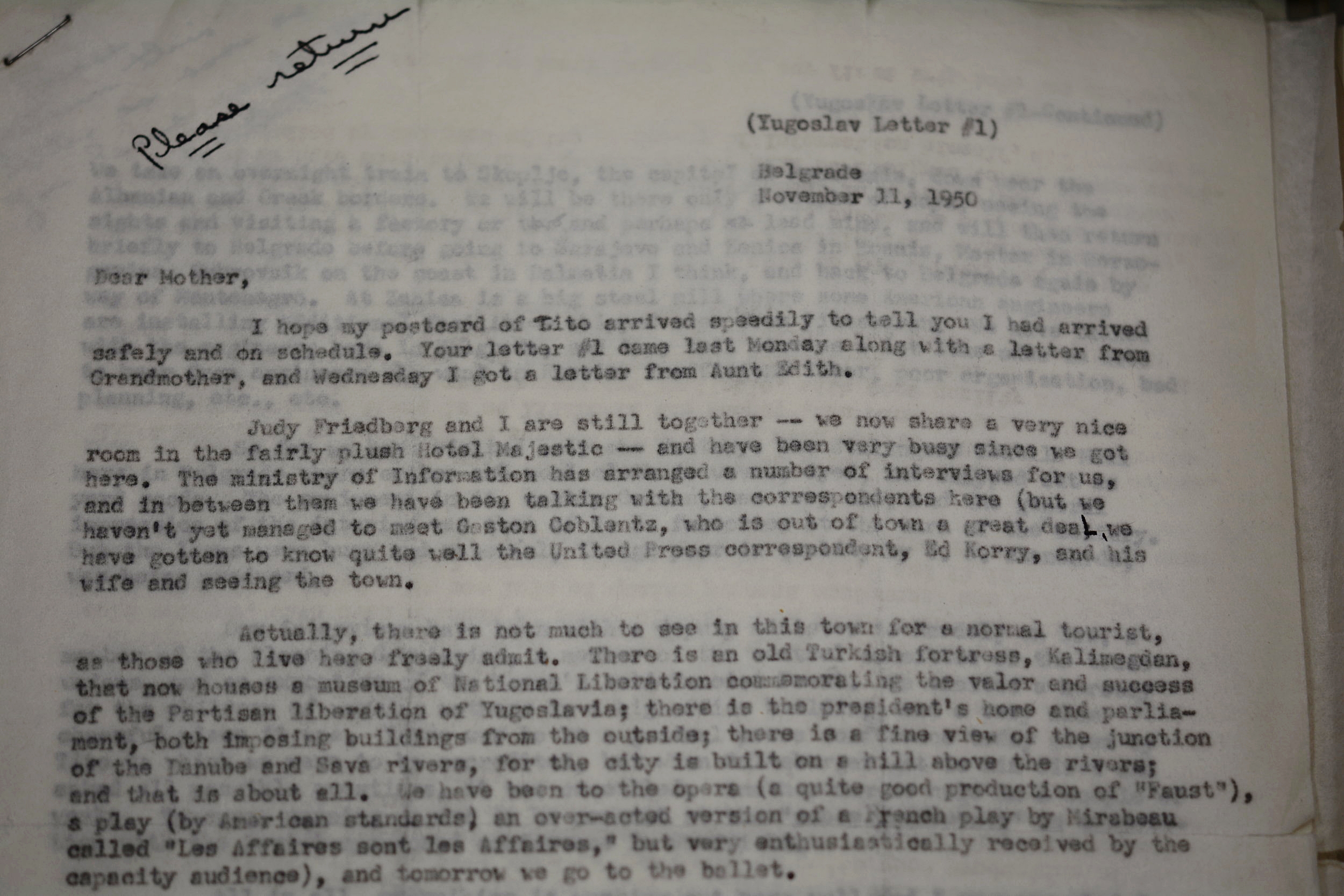Alex Wildman—AAC Philadelphia Chapter Vice Chair
Any Mountain.
At the start of this year I was planning on setting out on my biggest climbing trip to date, Patagonia. Just the thought of walking into that range gave me chills and excitement at the same time. It was hard to know at times if I was really ready to take on any objective in one of the worlds great ranges, but I knew that I had to at least try. Training, gearing up, and plotting out logistics with my partner that lived on the other side of the country was as far as I made it on this objective. Two weeks before I was due to fly down to South American and find my way to El Chalten, I found myself at having to tackle a mountain that was certainly never on my “to-do” list.
Cancer.
I was having stomach discomfort for about two weeks and on the night of January 28th it woke me from my sleep. I got out of bed, doubled over in pain and thought to myself, what did I eat yesterday!? The pain subsided and as I tried to fall back to sleep my mind raced with possibilities of what that stomach pain could be. Being a nurse provided me to too many potential scenarios for me to let this go and I decided to go to my hospital to get it checked out.
As I drove to the hospital I just wanted to be laughed out of the ER, maybe someone would give me a talk about wasting resources, I just wanted this stomach pain to go away and find out I was being crazy. The Cat scan of my stomach only played into my greatest fear, soft tissue masses and grossly enlarged lymph nodes. I was told that night I would need a biopsy in the morning and that this was likely lymphoma. Flooded with emotions all I could manage to do was cry.
The fear was unreal. It was as if I was 8 pitches up, totally pumped, and just realizing I had not placed a single piece of gear. So I took a few really deep breaths and decided this was my new objective, this was a mountain I must climb and I found myself going to a familiar mind set. As I started to equate battling cancer to climbing I found the fear starting to fade.
Having the right mindset is everything when you are going for a big scary objective. Staying positive, moving forward, and keeping that goal in front of you is everything. Climbing taught me how to keep my head together, it taught me how to breath when I’m scared, it taught me that I can do the things that once seemed impossible. I would be relying on all the deeper lessons climbing had taught me and this gave me strength to keep putting one foot in front of the other. I related my 6 chemo treatment to 6 pitches and I knew that reaching the top was not an option, it was mandatory.
I was nervous to share my news on social media, but in doing so I found the collective strength in the climbing community and suddenly I felt like I had thousands of spotters. Everyone was reaching out to give love and support and with that it helped me to continue keeping a positive attitude, to continue up this new mountain. I had never felt such love from a community.
Fast forward to today. I’m finished with my chemo and I have my next PET scan coming up in early July. The results of this scan could spell remission. It’s unclear to me how I would have dealt with having cancer if I was not a climber, all I know is that climbing has given my life a greater purpose and taught me lessons that have helped me in my darkest hours.
I’m a climber and I can tackle any mountain.
Katie Campbell- Author, Speaker, and Founding Member of the Courage Club
In September of 2014, at the age of 31, I was deep in preparations for my first week-long, outdoor rock climbing adventure in Moab, Utah. I had no idea what to expect but I was nervous. I hadn’t worked out in over a year and was weaker than I had ever been in my life. I was still pretty bald from chemo and my skin was still burned from radiation. Heading out on this adventure just two weeks after completing a year’s worth of treatment for Stage 2 breast cancer felt a little like an act of insanity but it turned out to be a life saver.
A friend with cancer had told me about First Descents, a non-profit that provides week long adventure trips for young adults with cancer, and I had immediately signed up. Out on the rock the first day I was nervous. But I was pleasantly surprised that first day that after a year of being the weakest person in the room I seemed to have some semblance of strength. It was on the second day though that I met my greatest foe of the week.
I had jumped at the chance to take on what seemed like a pretty difficult climb but about 10 feet short of the top I could feel my strength fading fast. It had been an excruciating climb and my muscles were completely spent. I had been clawing, grasping, and dragging myself up, fighting for every inch. I took a moment and thought about all of the pain I’d endured, against my will, over the last year. If I could survive that pain, I could survive this pain, I thought to myself, and I finally pushed myself far enough to reach the last hold, a nice big jug, and hoisted myself up.
That became a defining moment for me. Since then my cancer has returned and it is now Stage 4. The damage cancer has done to my body makes it impossible for me to climb. But that one day out on the rocks illustrated for me exactly how strong and resilient I can be. Every time I feel overwhelmed or like I want to throw in the towel I think about that day and remember that if I can just push myself far enough I will eventually make it to the top.
Stacy Bare-AAC Board Member and Director of the Sierra Club Outdoors
A couple years after I got out of the Army, I moved to Boulder, Colorado. Part of my life was going great, but part of my life was pretty miserable. I reached out to a friend who challenged me to climb the First Flatiron with him. I did and I was hooked. Climbing saved my life, quite literally. It pulled me out of my head and got me moving. It helped me find a sense of purpose, a community, a group of friends.
Libby Sauter- Big Wall Climber and Cardiac Nurse, 2016 Hall of Mountaineering Excellence Awardee
I have always sought after the higher perspective. As a child, I found my adventure high up on the roof of the house or in the tops of the trees and eventually on the walls of my local climbing gym. As a young adult, those proclivities towards exposure translated to a love of big walls. Places like Yosemite and Zion replaced the man made structures of my youth. And now, as a 31 year old, I've taken what I've learned over the years of climbing and translated it into my nursing work in countries like Ukraine, Iraq, Nepal, Kyrgyzstan and Libya. Without the grit, confidence and ability to suffer that climbing taught me, I doubt I would be able to handle the struggles that come with trying to help establish pediatric heart surgery programs in the developing world. 90 hour work week? Eh, at least my body doesn't hurt as much as the time I did the El Cap/Half Dome link up in 23:47. No water/electricity/internet in Libya today? Sounds like every other big wall I voluntarily attempt! Protein hungry because I can’t find good vegetarian food?? Still easier than that time we were in the remote Chilean rain forest putting up a 4,000 foot first ascent for 6 weeks and ran short on our food supply! How about that time I dropped the weeks old collection container of respiratory fluid (think: snot, spit, vomit) and it splashed all over me? Ok, that one was more disgusting than any other climbing related experience and I’ve been accidentally peed on, multiple times. When a patient is very sick and on the cusp of death, I harness the strength to keep a clear head that years of climbing above RURPS and ledges has taught me.
Thanks to climbing, I am a better nurse, and because of that, I hope to be a better human.
Hans Florine-Holds Speed Record on the Nose of El Capitan
These days I get hired to speak to audiences—at corporations, conferences, trade shows, universities, rotary clubs, and small businesses—all over the world about climbing. As I say in those talks, what I do does not save lives in Africa or get kids off the street in America’s ghettos, yet I’m passionate about it. And apparently sharing that passion has a ripple effect. Many people, months or years after hearing my story, have approached me to say thanks. One person told me he found the courage to accept a job in China, which led to incredible life experiences and adventures. Another was inspired to begin working with Doctors With- out Borders, another to leave an unsatisfying job to travel the world, and still another to commit to a trip to trek Nepal in between corporate jobs.
Why on earth would anyone climb the Nose one hundred times (or 101 times, as of the date of this publishing)? I’m not sure that’s the right question. How about this one: Why on earth would anyone work a job they don’t care about, day after day, for 261 days a year, every year? Or this one: Why would someone who has a choice settle for “good enough” instead of going after great?
One of my favorite books is Jim Collins’s Good to Great. It talks about how corporations let good stand in the way of great. Jim just so happens to be a climber. When he set out to climb the Nose, he went for NIAD, and he climbed the whole thing—no jugging. That’s not just good, that’s great. Or as my coauthor Jayme says, “follow the heat,” which is another way of saying find your passion, your “Precious.”
Mine is El Capitan and specifically, the Nose route up El Capitan. For all of my adult life, I’ve been either directly or indirectly putting my energy into climbing that route, to the absolute best of my ability. It was a risky investment, riskier than say, building a career at Parker Seals, but the return has been huge. In a way, I can tie everything and everyone I love most in life back to the Nose. And the dividends are still coming. My next challenge is to climb El Capitan 200 times. I’m at 161, and yes, most of those have been the Nose. I wouldn’t have it any other way.
Hans Florine is a climbing legend in his own time. The 52-year-old holds the speed record, along with Alex Honnold, on the Nose route of El Capitan, a route Hans has climbed 101 times — more than anyone else ever has, and most likely ever will. In this excerpt from his new book, On the Nose: A Lifelong Obsession with Yosemite's Most Iconic Climb, Hans talks about how his devotion to climbing the Nose has enabled him to live a life according to his values.
Eddie Schoen- Jackson Hole Mountain Guide
Lately, I’ve been trying to remind myself why I climb. It has always been about spending time in the mountains with good friends, a brief respite from the routines of life. I have had many passions in my life, and climbing was the first one that taught me to fully enjoy the moment and appreciate the beauty of life, no matter where it takes me.
The more I got into it, the more I realized that the mountains were where my heart is. I got into the AMGA track and set my sights on guiding in a much bigger way. Climbing, skiing, and pushing my own limits in the mountains is fun, but it’s no longer my main priority. Now, I am blessed with the opportunity to share that experience with other people who might not otherwise have the chance to do it. I have the best job in the world. It’s hard, it’s challenging, it’s dangerous, and it’s generally not well paying. Yet, I can’t think of anything else I would rather be doing with my time.
After my first summer guiding in the Tetons, I have learned quite a few things about why I do what I do. As a guide, I get to spend more time in the mountains than I ever have. Yet at the same time, I get to go climbing with my friends far less than I ever used to. My climbing goals, the very things that used to be more important than just about anything, are just a hobby. When your passion becomes your career, it can be a challenge to remember why you fell in love with it in the first place. As a guide, I have had the opportunity to meet and climb with so many amazing people. I have silently fell in love with every person I have climbed with. Not in a romantic way, but in a family-like way. Every client I get to work with is like a brother or sister to me. I care deeply about each and every person that I get to work with in the mountains. I climb for them now. The most fantastic thing is that once I dropped the pressure to pursue my own personal climbing goals, I gained the freedom to simply have fun. That is why I climb and what I strive to give to all of my climbing partners now, whether I am working, or climbing with friends… It’s all about having fun out there!
Miché Lozano- Latino Outdoors Flagstaff Ambassador
Honestly, rock climbing is one of the hardest things I've ever chosen to do. I don't remember why I decided to do it, but I remember how hard it was to even see it as "fun". For many months I would cry like a baby, I'd scream and throw temper tantrums, I'd be so stressed out and completely out of my comfort zone, cut up and peppered with bruises. Unable to center myself, progress felt non-existent. I had little patience for myself. People hated climbing with me; I was not a fun climbing partner. But there was something there, in the tiny bursts of courage that I'd manage to squeeze out, even when I thought I was all out of juice. I'd always feel good after completing something really difficult, all the terrible feelings and screaming that happened during the climb would seem so silly once it was over.
Eventually, things stop being so scary, and difficult tasks were fun challenges to overcome. You find newer, scarier, and more difficult things and your whole personality changes. Slowly, but you notice over time. This is me after my first ever crack climb outside. I was very patient with myself, I worked very hard. I am proud of my progress, not just in my climbing ability but also in the changes I've seen in my personality. I still have those frustrating moments, I feel the same fears and frustrations as when I first started climbing, this is good. It means I'm still pushing myself even now after all these months. I'll admit, I'm not that great at climbing in general, but I'm super stoked to continue growing a stronger mind and body!
Learn more about Latino Outdoors here.
Ryan McCauley- Teacher, Climber, Accident Survivor
“So do you still climb?” the physician said during a recent physical exam as she grimaced at the scars on my knees and documented the limited range of motion I had when bending them. Her expression made me hesitate, but I saw no point in lying.
“Yes. The accident was my mistake. I know what I did wrong. It wasn’t gear failure…”
“Mmm hmmm…so you didn’t learn your lesson, did you?”
She was referring to a 60-foot fall I had taken two years earlier after accidentally rappelling off the end of my rope during a climbing descent.
I instantly felt discouraged. I had heard a variety of responses similar to hers and, while I understood they frequently came from a place of concern, the implicit “you-don’t-value-your-life” tone was hard to swallow. However, the comments had also given me pause to grapple with the question for myself: Why did I feel so compelled to continue climbing after enduring an event that could easily have killed me?
The answer was and still is simple: the passion and dedication required to tackle climbing challenges represent the values I aim to live out each day. As a perfectionist who struggles to balance both career and personal aspirations, climbing helps me take a step back from life demands when I most need it.
I use the same strategies to calmly analyze next steps for a tricky climbing move as I do when handling stresses in day-to-day life. I am a more open-minded individual because my climbing friends have pushed me to expand my comfort zone while offering inspiration and reassurance. Few things trigger a stronger sense of gratitude for the numerous privileges I experience each day than overlooking a gorgeous mountain I recognize not all people have access to. Most importantly, climbing reminds me I can’t effectively serve others in my job if I am sacrificing my own happiness. It is a sport that humbles me on a daily basis to find beauty in each situation and have faith in myself to tackle unknowns with patience and confidence.
The same skills that allow me to look at a blank face and truly believe I can find innovative ways to conquer it are the ones that helped me push through my accident recovery and return to work after 4 months when the doctors said my recovery would take a year. It was as much of a strugglefest as a difficult route often is, but the success tasted as magnificent as completing a project I had repeatedly failed on.
Climbing is a constant reminder to value my life and each obstacle in it that has shaped me. The sense of trust and focus it has instilled within me have allowed me to make some of the most courageous, spontaneous, and meaningful decisions of my life. So, yes, of course I still climb. I couldn’t imagine my life without it.
You can read more about Ryan's accident and recovery here.
Lauren Panasewicz- Director of Events and Outreach at ROMP
I used to climb just because I could.
I grew up extremely active, climbing 14,000 foot mountains on weekends and traveling with my dad around the US and the world climbing peaks. Not only did we have able bodies that carried us to the summit, but we always had unbelievable weather. (Crazy, right?!) No matter where we were: Colorado 14ers, Mt. Hood, Mt. Rainier, Kilimanjaro, Gannett Peak, Granite Peak… We were never denied a summit day. I got so used to summiting as the norm and not the exception that I began to lose sight of the purpose of the journey.
Mobility is a concept that affects every human, every day. I was first introduced to adaptive sports as a volunteer ski instructor at Alyeska through the Challenge Alaska program. What started as a weekend hobby to get a free ski pass, turned into my biggest passion: helping people access the mountains.
From there I quit my engineering job to work with people with disabilities full time through two non-profits. I was introduced to ROMP (The Range of Motion Project) while traveling in Ecuador in 2013 and immediately connected to their mission. ROMP helps amputees gain access to prosthetics in Central and South America. They believe that you are not disabled by a missing limb or broken body but by a missing prosthetic and broken healthcare system. ROMP empowers people by giving them mobility. There may be no greater gift.
My outlook on the mountains and summit days has changed over the last few years. I did a training hike with ROMP’s elite climbing team on Mt. Bierstadt last summer in Colorado. Stream crossings where I did not hesitate, rock scrambles I ran up like a kid again, and snowfields that I tiptoed across without issue were obstacles that the ROMP athletes struggled to overcome, I was floored by their determination.
Not everyone made it to the summit that day- a concept I had yet to understand. The ascent wasn’t about the summit, though- it was about trying. What I once viewed as so easily accessible and available, I now saw through a different lens. The mountains I grew up loving are still so inaccessible to so many people. My biggest passions are skiing and climbing, two things where, I believe, people with disabilities are not limited by their disability but by access to proper technologies.
I climb now to demonstrate what is possible when people are given the tools they need to fully realize their human potential.
I climb for those still waiting to receive the help they need to get back on their feet.
I climb now for those who cannot.
Learn more about the Range of Motion Project.
Jessica Hamel—Big City Mountaineers
Photo by: Josh Vertucci
I didn’t grow up in the outdoors. Sure I went on the occasional car camping trip on the coast of Rhode Island, but I was what you may like to call a ‘city girl.’ The outdoors first made its impact on me during study abroad in South Africa. For some odd reason, I joined an outdoors group and during my six months there I hiked to a hut in the middle of nowhere, slept under the stars and saw the moon rise and set from my sleeping bag. I was totally out of place, yet felt this strong sense of belonging and acceptance.
Over the years, as I dove more into the outdoors, I’ve felt myself becoming stronger, braver, bolder and more audacious through my outdoor experiences. And not only in regards to outdoor pursuits, but in my everyday life. The outdoors has had a profound, life-changing impact on my life. It has inspired me so much, that I knew I wanted to introduce others to the outdoors because I knew the power it would have on them.
Photo by: Josh Vertucci
In March 2017, the Big City Mountaineers - Summit for Someone program gave me the opportunity to pursue an outdoor dream of my own while helping to raise money to introduce under-resource youth to the outdoors via transformational week-long backpacking trips. I joined three other women, all from different backgrounds, to climb Pico De Orizaba in Mexico. Climbing to 18,491 ft was a totally new experience for me and a majority of the group.
During the climb I thought a lot about one quote I read from a Big City Mountaineers youth, “Each step, each breath, it is the most memorable time of my life.” As I look back at the climb, the summit wasn’t the most memorable moment. It was suffering through our acclimatization days, listening to other climbers’ stories in the hut and the first sight of the sun on summit day - it was the journey. But, what was most memorable, hasn’t even happened yet. It’s the excitement for the Big City Mountaineers youth that will head out on their own summit days this summer, the memories they’ll create and the impact it will have on them. I’ve been lucky enough to grow through my experiences outdoors and I can only hope these kids get the opportunity to do that too.
----
If you’ve been impacted by the outdoors, I urge you to pay it forward and get involved with Big City Mountaineers. You can volunteer on a week-long expedition during the summer with the youth or you can help to raise money for the programs by heading out on your own climb through the Summit for Someone program.
Inspired by the Women’s Climb? We’ll be releasing a short film soon, but you can check out photos and memories from the climb on Facebook and donate here.
Chris Noble— Author, Photographer and Climber
Chris Noble rappels off a climb in Thailand.
I just published a book titled Why We Climb, so you’d think it would be easy for me to wax poetic about the reasons I climb— but ha-ha, fat chance. Climbing is far too rich and sprawling, too subtle and complex, to be boiled down to easy answers. That’s one of the many reasons I love it. Climbing refuses to be boxed in, limited, or defined. In fact, climbing is not one thing at all, it’s a broad spectrum of related activities, each of which imbues life with passion, meaning and purpose—qualities sadly lacking in modern society. If only for a moment, climbing allows us to be the hero or our own personal story, giving us the opportunity to be better than we believed possible. Climbing transports us to the most wild and beautiful regions of the earth introducing us to life-long I would do anything for you best friends along the way. Perhaps most importantly, in a world ever more synthetic and virtual, climbing reconnects us with the primal living earth, gifting us with true wealth—adventures that can be told and re-lived long after we’re gone. As Chris Sharma said, “I can’t think of any reasons not to climb.”
Check out Chris's book here.
Judy Fog— Climber, Mom
I played ice hockey for twenty-five years. When I was in my mid-sixties, I decided it was time to find a new adventure. My daughter Robyn, an accomplished climber, suggested that I try climbing with her. After one visit to the gym, I was hooked. I've been climbing several times a week ever since. When I first took up the sport, I suffered back pain from severe spinal stenosis and at times could hardly walk. Within a few weeks of starting to climb, the pain went away and has never returned. I have no way of knowing if climbing had anything to do with this "remission", but I know that a strong core contributes to back health, so I consider rock climbing to be my magic pill.
I have always believed that physical activity is the key to the fountain of youth, so exercise has been a part of my daily life for years. I routinely walk twenty miles a week, and in the summer I swim and frequently hike long distances in the Hudson Valley. In the winter, aside from shoveling snow, my husband and I ski. All these activities contribute to my physical and emotional well-being.
Climbing has been a wonderful addition to my exercise repertoire for many reasons. It is obviously a great workout for building core strength and maintaining balance and muscle mass— all things which are crucially important for older people. Equally importantly, it’s just plain fun! I have met an amazingly diverse group of people who come together because of their love of the sport. Some days we feel we could climb Everest and other days we can't get off the ground but we keep coming back for more because the challenge is always there and the taste of success is so sweet. Recently I climbed (well, worked my way up) a 5.12, which has been a goal of mine for a long time. It felt so good!
I also competed in my first bouldering competition several weeks ago. I'm not much of a boulderer, but I had a blast! I came in fourth in the Women's masters division, which had a minimum age of 40. I'm 71. I often ask myself: Why are my climbing friends 20 or more years younger than I am? Where are my contemporary friends who could do a 13-mile day hike? I know there probably are a lot of older people out there who are like me, but perhaps not as many as there should be. It's a shame because it's just not that hard to get up and move. The rewards are immeasurable.

